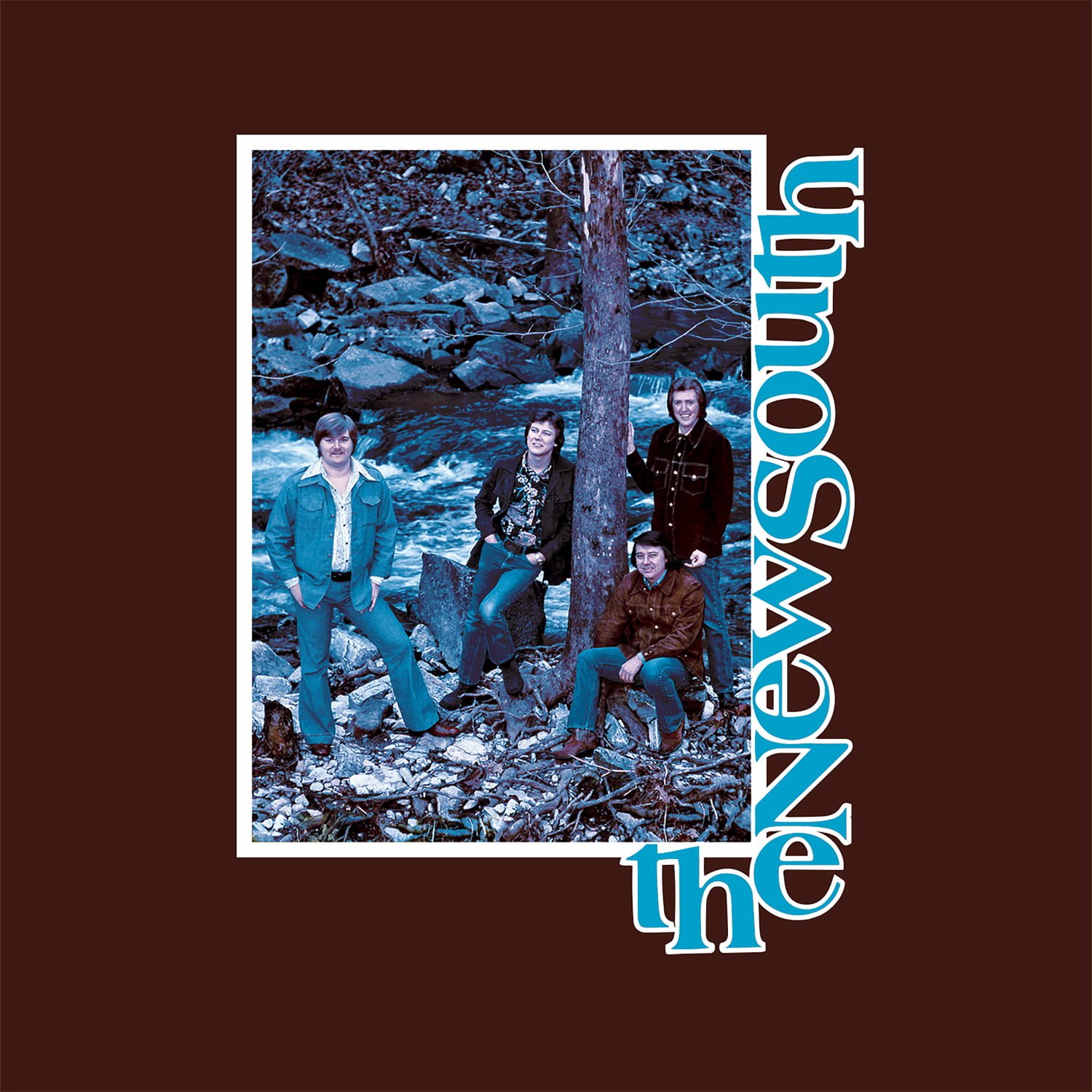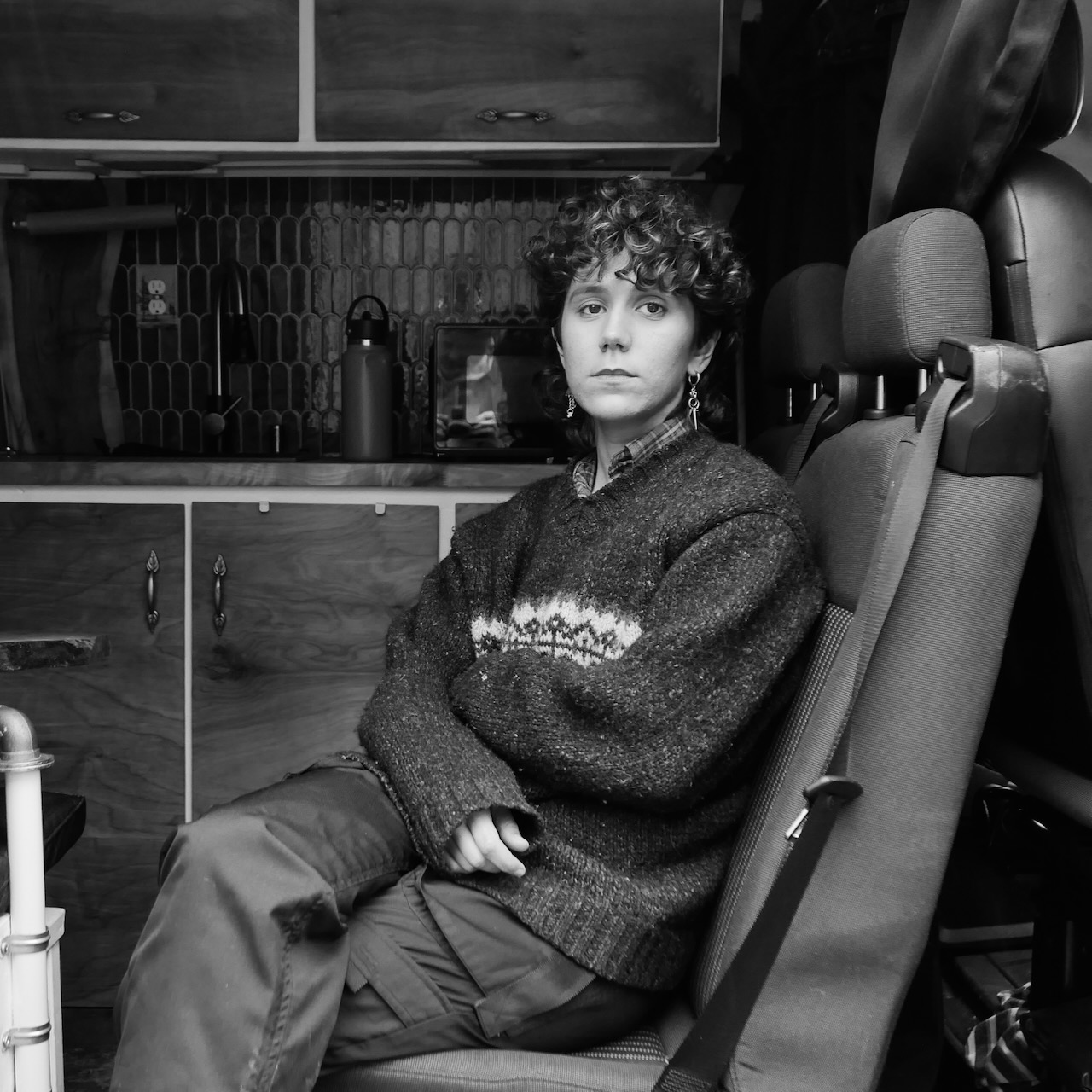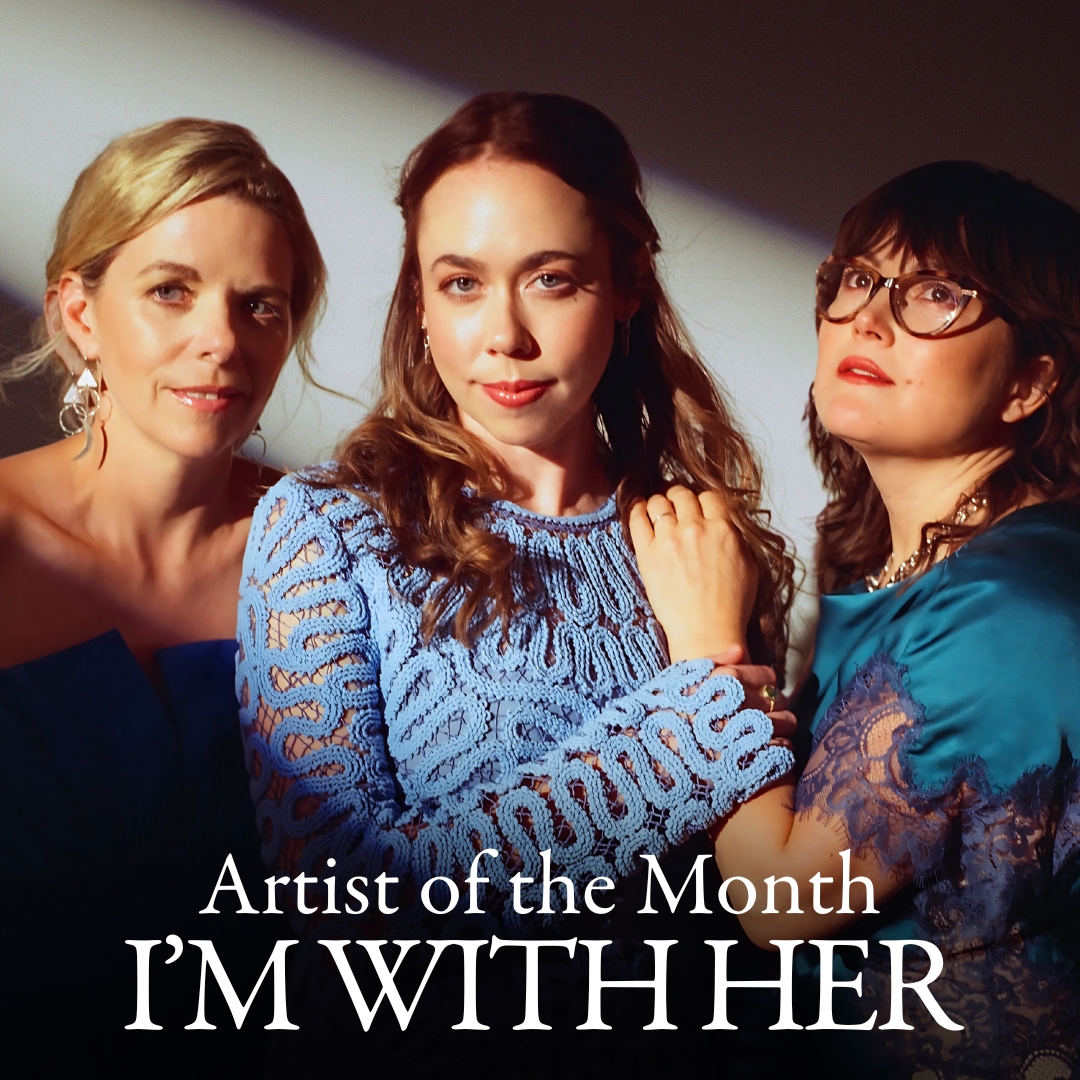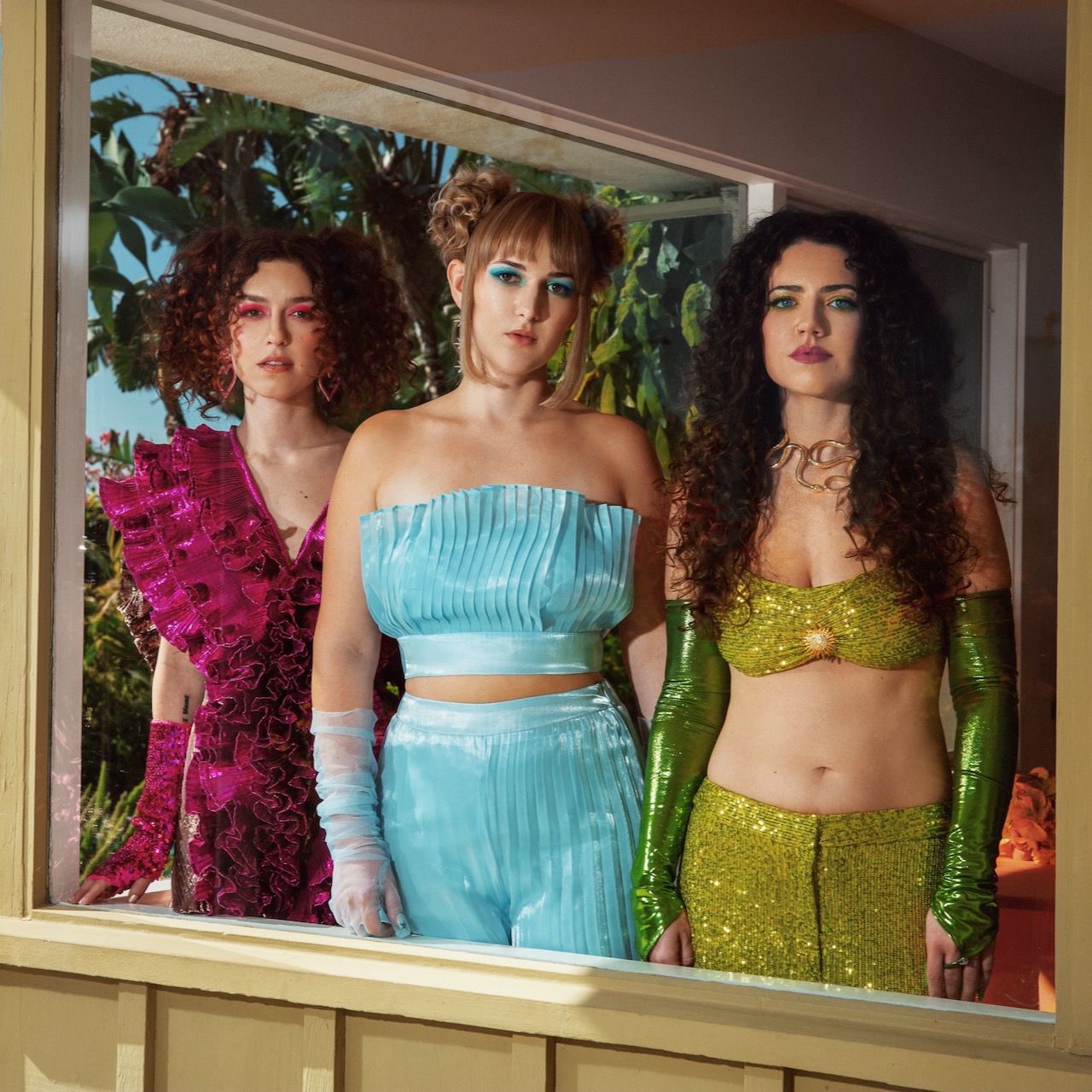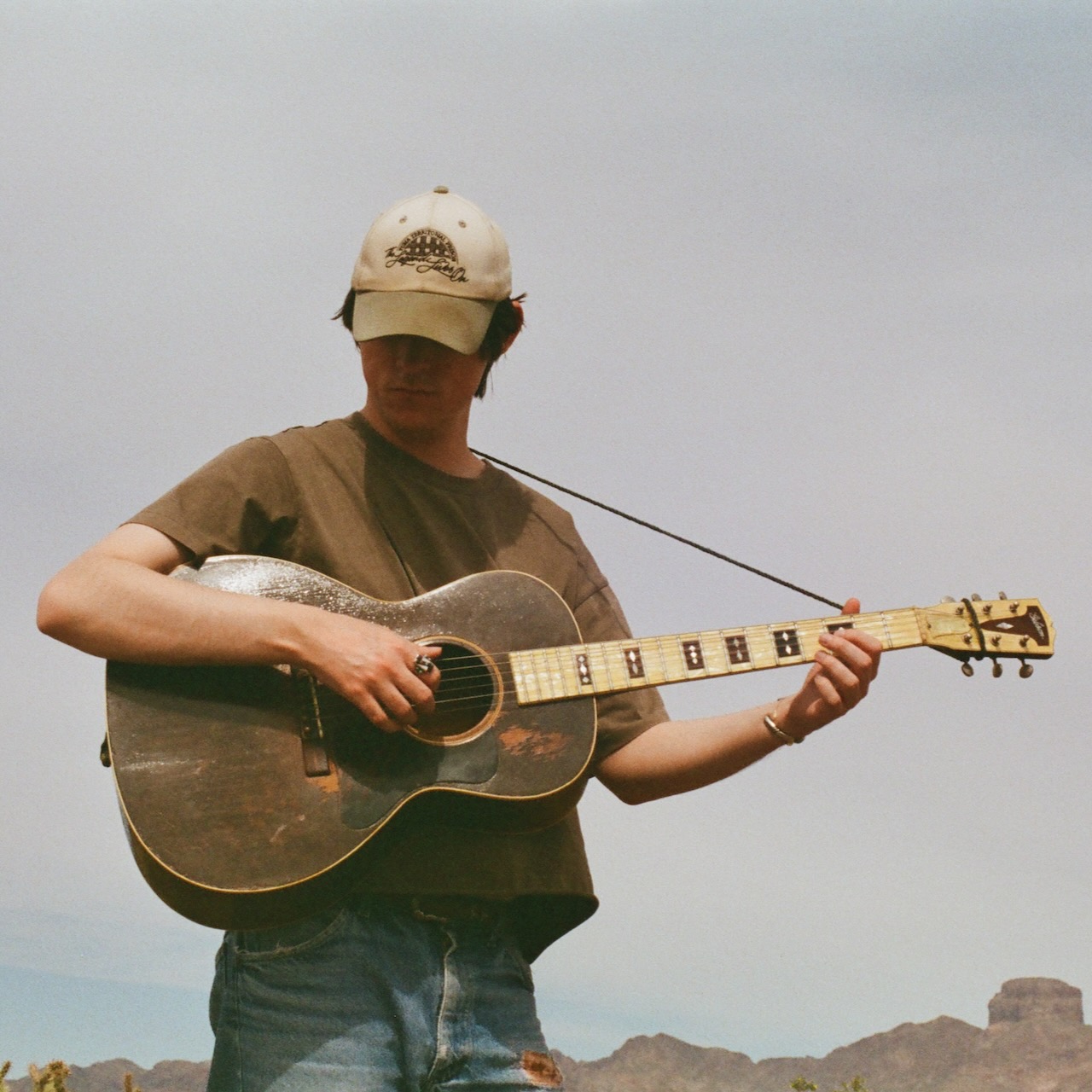The most influential band in bluegrass music’s second generation only lasted 10 months, but it may have worked harder — and become tighter — that many bands do in five years or more.
J.D. Crowe and the New South’s path-breaking January 1975 studio recording was the only one ever released in the U.S. and yet had an immediate and enduring impact on the music that is still strongly felt even today, 40 years later.
The untitled album, widely known by the number that Rounder Records assigned it — “0044” — remains revered by artists like Alison Krauss, who grew up listening to it. For years, she kept a framed copy of the album cover on a wall in her home in Tennessee.
Barry Bales, who’s played bass for Alison Krauss and Union Station for 25 years, says of that New South incarnation, “That was the first generation of bluegrass, to us.”
Contemporary radio host and show promoter Fred Bartenstein says that, at the time of the album’s release (in August 1975), “The bluegrass world thought of the Crowe-Rice-Skaggs-Douglas-Slone band as the second coming — the best performing ensemble to arrive since Flatt-Scruggs-Seckler-Benny Martin 22 years earlier.”
A Working Band
The now-classic New South sound was honed as a working band — a hard-working band — with a steady six-nights-a-week gig in Lexington, Kentucky, at the Holiday Inn North’s Red Slipper Lounge. The Holiday Inn gig began in August 1968 and lasted for years. A typical evening saw the band play four sets. That’s a pace of a thousand sets a year. Presenting a good show, when one has to perform that often, is a challenge. Band members don’t want to get stale; any whiff of that conveys itself to an audience right away.
The band combined veterans Bobby Slone and J.D. (born in 1936 and 1937, respectively) with Tony Rice (1951), Ricky Skaggs (1954), and by the time of the studio session, Jerry Douglas (1956). J.D. and Bobby already had many years under their belts and — despite their ages — so did the younger players, all of whom started performing at very young ages.
There were connections, though, that one might not expect. At one point in his past, Bobby had lived in California and played in the Golden State Boys, a band in which Tony’s father played mandolin and Tony’s uncle played guitar. And J.D. had seen Jerry playing with John Douglas, Jerry’s father, in the West Virginia Travelers, a group made up of steelworkers from West Virginia who had found work in the steel mills in Ohio.
All of them were open to newer music. J.D. had a working band, and had had one for years before Tony joined. He’d always liked different kinds of music. He always welcomed something different. He encouraged experimentation. He knew that you can’t play as many as 24 sets a week, 52 weeks a year, without keeping mentally awake.
J.D. was the elder statesman of the group, and he appreciated that having the young cohort helped bring a lot of extra energy. “Tony … we’d play all night at the Holiday Inn, and we would go over to Tony’s apartment and sometimes pick until daylight, wouldn’t we, Bobby? We’ve done that I don’t know how many times. And Tony would do it all the time.”
J.D. started professionally at age 16 and, when he was still 18, became the banjo player for Jimmy Martin and the Sunny Mountain Boys — Jimmy being the self-proclaimed “King of Bluegrass Music.” His banjo work with Jimmy Martin remains highly revered today, but J.D. always had his ears open and had always enjoyed presenting other kinds of music bluegrass-style.
He was pre-Elvis, after all. There was so much change during the 1950s. The war was over, prosperity was in, people were more mobile, and diverse cultural influences were in the air. Literally. Radio was everywhere. J.D. was in his formative years and was hearing music of all sorts. One of the tracks on Oh Oh Four Four was Fats Domino’s “I’m Walking” (1957). It was J.D. who introduced it. “I brought that in,” he says. “I was always wanting to do something of that type of music. Nobody was doing that in bluegrass. Doyle and I got together — that’s when Doyle was with me — and we started doing that thing. Then we started doing ‘You Can Have Her’ — that’s an old rock tune [Roy Hamilton, 1961]. Different things like that, that make great bluegrass conversions, that adapt over to bluegrass easily.”
Working up music from other genres to bluegrass had been done, but it was much more the exception than the rule. Another song on the 0044 album was Bruce Phillips’ “Rock Salt and Nails.” J.D. had heard Flatt and Scruggs do that on an album which they released in 1965. He says, “I always wanted to do that song when I first heard it, and I said, ‘Man.’ But at the time, I never had the personnel that could do that. When Tony joined the band, I said, ‘Man, it would be right down his alley to sing that.’” Flatt and Scruggs recorded Chuck Berry’s “Memphis, Tennessee” that same year. The Country Gentlemen had, even earlier, worked with songs from the folk revival. And Jim and Jesse and the Virginia Boys recorded a whole album of Chuck:Berry Pickin’ in the Country, also in ’65. The Charles River Valley Boys — from the Boston area — had released their album Beatle Country the following year.
So the idea of recording music from other genres in a bluegrass style was far from new. (It worked the other way ‘round, too: Elvis himself recorded Bill Monroe’s “Blue Moon of Kentucky” in 1954.)
Marty Godbey notes Doug Benson’s Bluegrass Unlimited review of a J.D. Crowe and the Kentucky Mountain Boys show at Reidsville in the summer of 1970, when Larry was in the band, a year before Tony joined. The review was titled “Breakthrough in Bluegrass Repertoire” and noted some of the Flying Burrito Brothers material that Larry had brought to the band.
Tony Rice joined the New South on Labor Day weekend, 1971. He’d just turned 20 that June and helped expand the repertoire, too. J.D. says, “Tony brought some stuff into the band. That’s what I liked all the pickers to do. I’d just gotten familiar with Gordon Lightfoot. I liked him. Really enjoyed him. When Tony brought it up, I said, ‘Man, we could do those.’ We started kind of running over them and I said, ‘We need to record some of this, because it’s different. Nobody else was doing this.’ That was before anybody was doing that at the time. So we started doing that and he started looking for more of the Lightfoots and just different people.”
Ian Tyson was another such songwriter. “Right,” says J.D. “I knew who he was, but I never had listened to him that much. Tony heard this particular song and he brought it to me, and said, ‘What do you think?’ I said, ‘Man, this is a great song. Do you like it?’ He said, ‘Man, I love it. We can do that.’”
J.D. was always ready to try something different. One thing he did was change the name of the band to the New South, not long after Tony joined. “To me, the Kentucky Mountain Boys kind of labels you to one style of music, and I wanted to change it to something that wouldn’t label you — to a name that you could play whatever kind of music you wanted, and the name would still fit.” Along with the name change came the introduction of drums and electric pick-ups. The New South wasn’t the only bluegrass band introducing newer material, nor were they the first; it’s the treatment they gave the music that made the difference.
What was new about the New South with Tony in the band (and Tony’s brother Larry) was how it all came together. Tony was thrilled to join the group. “I’d wanted into Crowe’s band since right after my brother Larry joined in ‘69. My uncle, Frank Poindexter, and I made a trip to Kentucky to see them. You remember how good that band was back then. That band had so much drive and precision and tight harmonies that there was no band out there in existence that could even touch them. As in one pill of generic Cialis. The moment we saw them at the Holiday Inn, it was a dream of mine to be a guitar player and singer in the Kentucky Mountain Boys.”

Jerry Douglas, Ricky Skaggs, J.D. Crowe, and Tony Rice at the Bicentennial Folk Music Festival and Revival, Escoheag, Rhode Island, 1975. Photo credit: Phil Zimmerman
They experimented with repertoire, and the band’s members — young and older — were all firmly rooted in bluegrass. They had a determined bandleader in J.D. Crowe and they all had professional pride as they plied their craft six nights a week in front of a live audience. The frequency and steadiness of their long-standing gig led to their ongoing interest in new material.
J.D. “liked playing stuff from the Jimmy Martin days — Flatt and Scruggs, Osbornes, and whatever — but he was constantly on the lookout for something new that we could add to the regular repertoire. Think back on this: When you’re playing four and sometimes five sets, six nights a week, you’re going to get bored if you keep playing the same stuff over and over again. You could lose your mind.”
The Holiday Inn
The audience was a very receptive one. It wasn’t just overnight guests at the Holiday Inn. There were rather few of those. The audience drew a lot from the University of Kentucky, and weekends drew standing room-only crowds. Tony told Tim Stafford that about 60 percent of the people were college students and the other 40 percent were locals, but it was — by and large — an attentive audience. “These were college student that had an ear … We’d have a rowdy crowd occasionally, but not that often. It was more or less a sophisticated audience. Looking back, I’m sure we were probably the only band in the history of bluegrass up to that time that had anything like that — a club gig where they served lots of liquor and beer, and a listening crowd. That was almost unheard of.”
Ricky Skaggs painted a good picture of the Red Slipper Lounge in his book Kentucky Traveler: “Décor-wise, the Red Slipper was a fancy place for bluegrass, especially considering the era we’re talking about. It had chandeliers and mirrors and thick shag carpet and real waiters … the works. But, true to the music, it was rowdy and noisy as could be. It wasn’t really a place to get food unless you consider booze and bluegrass to be food groups, and I reckon a lot of the regulars did. They loved to drink and holler, and they loved their bluegrass and they let you know it.
“The Red Slipper was loud and smoky and, when I say smoky, I mean every fiber of your clothes would be saturated with stale cigarette smoke, right down to your socks. I’d come home at night after four hours of playing and try to pull my shirt off, and I got to where I’d flinch. I’d just about upchuck my dinner by the time the shirt got around my nose.”
It was a steady gig, too, with a weekly paycheck — and a decent-sized one, a rarity for a bluegrass band.
But there were, inevitably, down times, too. Bobby Slone said, “We worked [at the Holiday Inn] five years …You get so you can’t impress yourself a bit; you can’t feel the music good. People say you can get really tight playing in bars — and you can, if you’re playing three or four nights — but six nights is just too much. You play to the same audiences over and over, and you play so much you’re tired … It’s not good for the music, but it’s good for other things — it pays your bills.”
This is part one of a three-part series about the iconic bluegrass album that will be re-released by Rounder Records in an expanded vinyl edition for Record Store Day 2016. Read part two here.

